Insecticidal Seed Treatment a Good Idea for Sorghum
Gary Cross, Ag Agent in Granville and Person counties has reported seeing sugarcane aphid on one of its hosts, …



El inglés es el idioma de control de esta página. En la medida en que haya algún conflicto entre la traducción al inglés y la traducción, el inglés prevalece.
Al hacer clic en el enlace de traducción se activa un servicio de traducción gratuito para convertir la página al español. Al igual que con cualquier traducción por Internet, la conversión no es sensible al contexto y puede que no traduzca el texto en su significado original. NC State Extension no garantiza la exactitud del texto traducido. Por favor, tenga en cuenta que algunas aplicaciones y/o servicios pueden no funcionar como se espera cuando se traducen.
Inglês é o idioma de controle desta página. Na medida que haja algum conflito entre o texto original em Inglês e a tradução, o Inglês prevalece.
Ao clicar no link de tradução, um serviço gratuito de tradução será ativado para converter a página para o Português. Como em qualquer tradução pela internet, a conversão não é sensivel ao contexto e pode não ocorrer a tradução para o significado orginal. O serviço de Extensão da Carolina do Norte (NC State Extension) não garante a exatidão do texto traduzido. Por favor, observe que algumas funções ou serviços podem não funcionar como esperado após a tradução.
English is the controlling language of this page. To the extent there is any conflict between the English text and the translation, English controls.
Clicking on the translation link activates a free translation service to convert the page to Spanish. As with any Internet translation, the conversion is not context-sensitive and may not translate the text to its original meaning. NC State Extension does not guarantee the accuracy of the translated text. Please note that some applications and/or services may not function as expected when translated.
Collapse ▲Gary Cross, Ag Agent in Granville and Person counties has reported seeing sugarcane aphid on one of its hosts, …

This is just a reminder to check cotton for thrips. It’s a hard reminder when there is so much …

“Frustrating” is the best way to describe the recent planting conditions thus far. Significant rains confounded by cool weather …
Wheat crops that are flowering now in northern NC may be at significant risk of scab, especially if the variety …
This is the first North Carolina scab risk commentary for the 2017 scab monitoring season. In most of NC, …
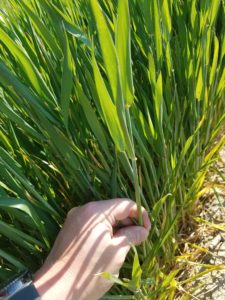
Early varieties at the Lenoir county OVT location are at or near flag leaf as of March …
We have started to stage our wheat plots at all 6 OVT locations. Preliminary notes are showing wheat jointing …

Graduate student Pete Nelson has been busy studying the biology of spined stilt bugs in tobacco in order to …
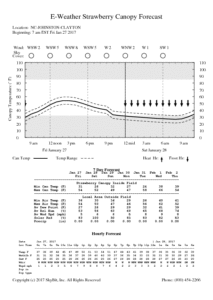
Good morning, I am actually going to be speaking to the NC Muscadine Grape Association tomorrow morning (1/28/17) in Elizabethtown, …
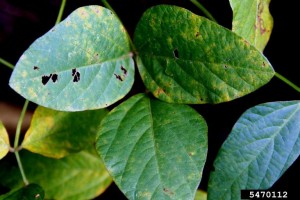
from Jim Dunphy, Crop Science Extension Specialist (Soybeans) and Lindsey Thiessen, Extension Plant Pathologist Asiatic Soybean Rust has been confirmed this …

Written by Drs. Guy Collins and Dominic Reisig As predicted, we have had an extraordinary year for bollworms in Bt …
Light trap data can always be accessed from our website, cotton.ces.ncsu.edu. To find it on the site, scroll over …

Many thanks to Commissioner Troxler for approving the use of Sivanto Prime for control of sugarcane aphid on sweet …
The North Carolina Department of Agriculture & Consumer Services (NCDA & CS) is offering organic growers the opportunity to …

When cotton blooms, it’s time to switch sampling and thresholds for plant bugs. This previous article covered management of …

Programs to prevent and control early (Figure 1) and late leaf spots (Figure 2) will begin soon. In well …

Timeliness of side-dress applications: As mentioned in other recent articles, some cotton has reached the squaring stage while other …

Last week while scouting my plots at Kinston and Rocky Mount, I spotted two predatory insects: big-eyed bugs and …
I have recently received a few question about organic aphid management in tobacco, specifically about efficacy of different foliar …

This publication has been prepared to acquaint growers, packers, and shippers with the most current …
This publication provides guidelines and recommendations for proper irrigation scheduling of wastewater.
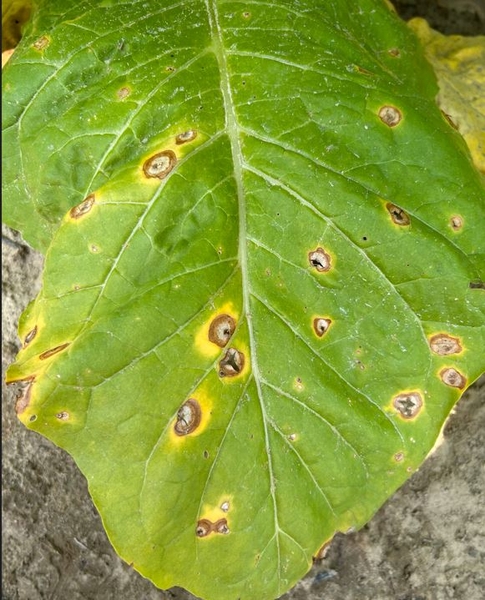
Target spot is a potentially devastating leaf spot disease in tobacco in North Carolina. This …

This factsheet describes the symptoms of an ALS inhibitor herbicide injury.
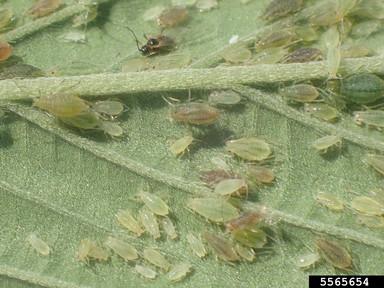
This factsheet discusses the biology, damage, and management of the cannabis aphid in industrial hemp …
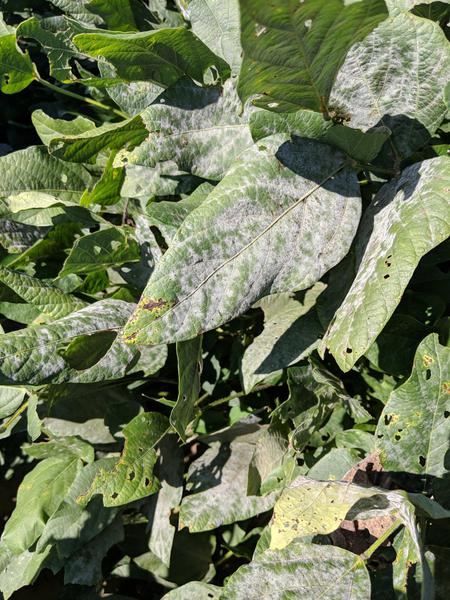
Powdery mildew is a common foliar disease caused by a fungus. The causal agent of …

This factsheet covers the signs, symptoms, and control of early leaf spot in peanuts in …
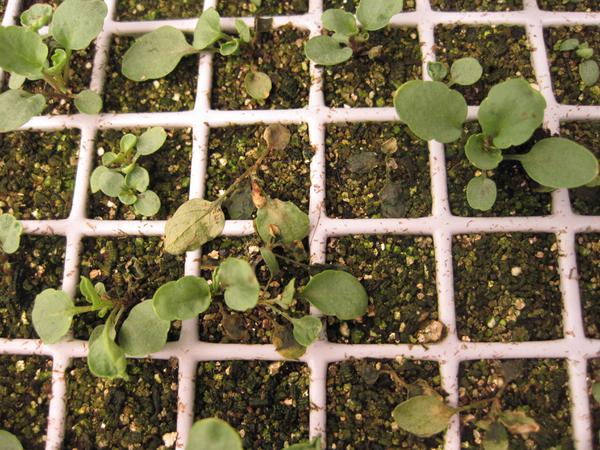
This factsheet offers information on damping off in flower and vegetable seedlings, a result of …